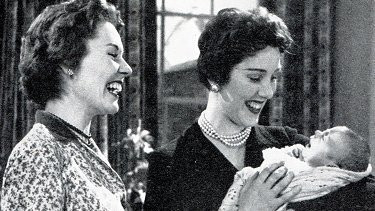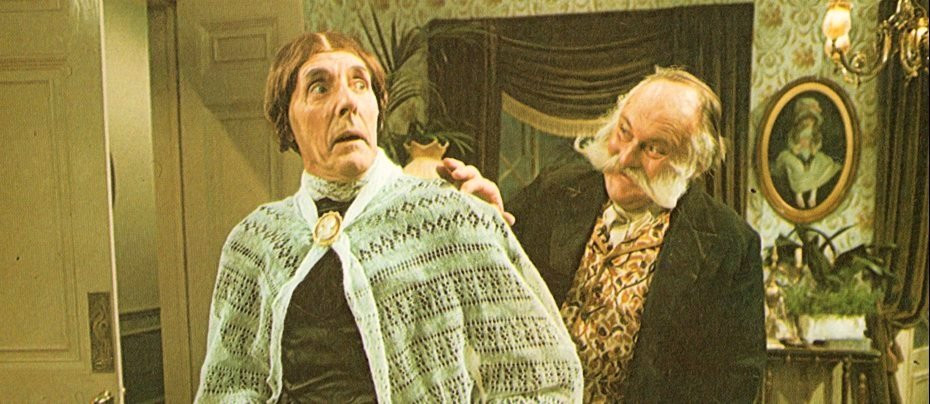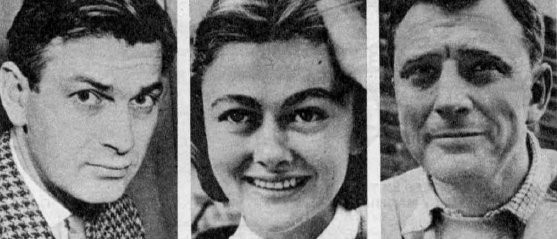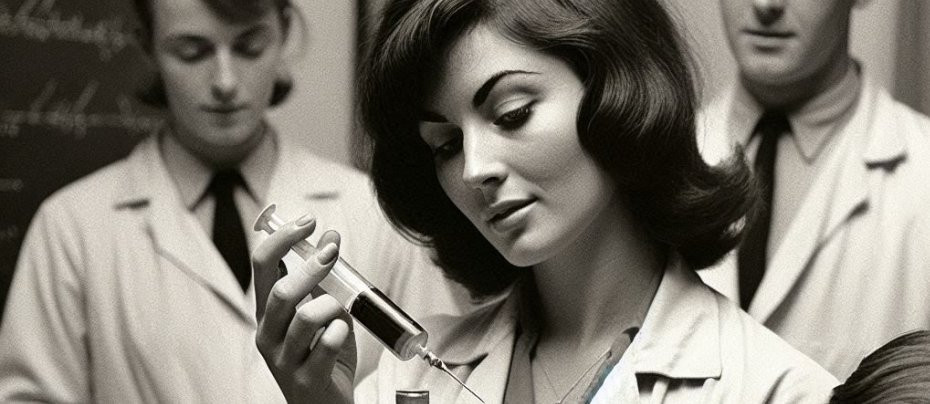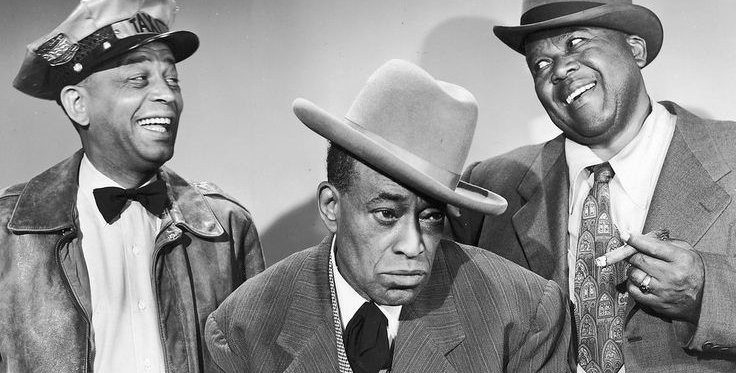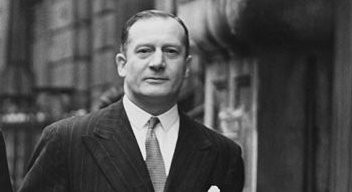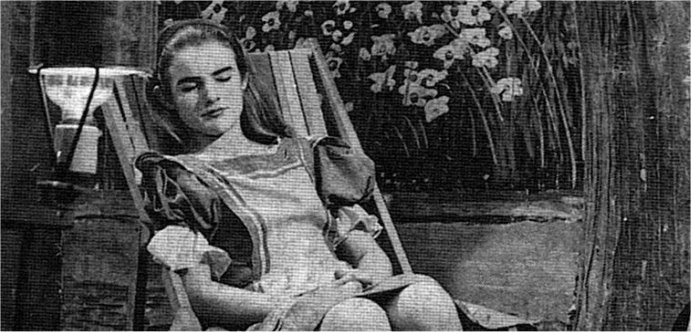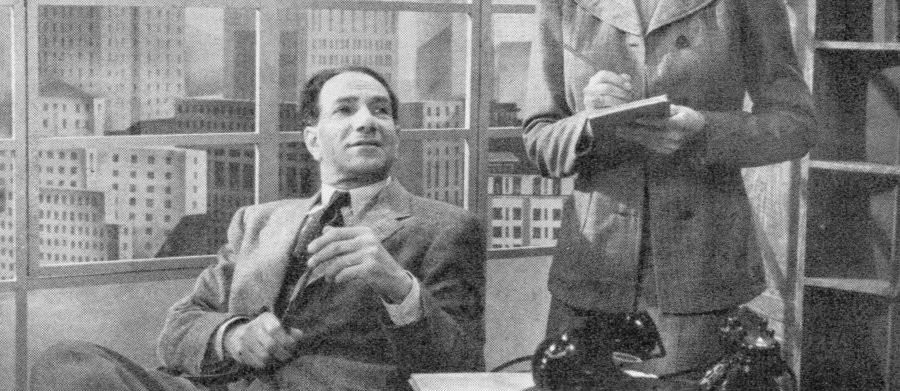
Counsellor at Law
1951 - United KingdomCounsellor at Law is a 1931 Broadway play that was adapted for the cinema in 1933. The story focuses on several days in a critical juncture in the life of New York lawyer George Simon, who years ago allowed a guilty client to perjure himself on the witness stand because he believed the man could be rehabilitated if freed. But when a rival lawyer learns about the incident, he threatens to expose George, which will lead to his disbarment. The possibility of a public scandal horrifies his socialite wife Cora, who plans to flee to Europe with another man. Devastated by his wife's infidelity, George is about to leap from the window of his office in the Empire State Building.
The film, directed by William Wyler and starring John Barrymore was both a critical and box-office success. In 1949 the BBC produced its own version of the play. Airing on Monday 17 January, it would have had a very limited audience. The Sutton Coldfield transmitting station, which would bring television to the south-east of England was still 10 months away, and less than 14% of the population owned a set. Television programmes were not recorded either, and went out live from Alexandra Palace. As in many cases, a play transmitted early in the week would be followed by a second live performance later that same week. Nevertheless, even with this limited audience and due to the favourable reviews it received, the BBC revived the play, by popular demand, two years later.
The revival was the first drama to use the larger Lime Grove studios, which the BBC had purchased in 1949 from the Gaumont Film Company who had erected the building in 1915. Lime Grove would be used for many BBC Television programmes over the next forty-two years.
In the Radio Times, published 2 February 1951, Lionel Hart wrote a preview of Counsellor at Law. This and a review by Austin Welland, written for Television Weekly in the edition published Friday 9 February 1951, are the only reviews available.
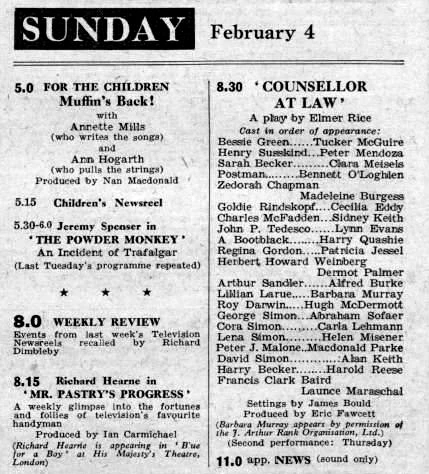
Radio Times:
'The only television play of the week is Counsellor at Law; but there are at least ten separate dramas in the play, this seems a sensible arrangement!
Elmer Rice, its American author, knows the theatre inside out, upwards and downwards, backwards and forwards; and into Counsellor at Law he has packed all his skill. It is, in a way, a bravura piece of dramatic concentration. The scene-a law office in New York. Each lawyer combines the function of solicitor and barrister, and prepares his own case as well as pleading it. Here in this law office, at the height of his powers and reputation, is George Simon, who has fought his way up from the poverty of the Jewish quarter of New York-now rich, assured married to a snob wife. She may be one of Four Hundred (a list of New York society during the Gilded Age - a group that was led by Caroline Astor, self-proclaimed The Mrs. Astor, a prominent American socialite of the second half of the 19th century), but he is Lawyer number one.
What brings Simon to the verge of disaster? He has pushed his career, and his passion for clients, too far. In the past, he once stepped over the boundary of legal ethics; and now the orthodox and well-bred have sharpened a knife against him. He fights back against them; and, if their knife is sharp, so are his own practices. (Elmer Rice doesn't sentimentalise Simon: he is the shrewd arriviste throughout, for all his charm and kindliness.) But what if his wife betrays him? That is enough, when he is exhausted from victory over his enemies, to bring him to the edge of the jump from the window that has ended so many hysterias of New York.
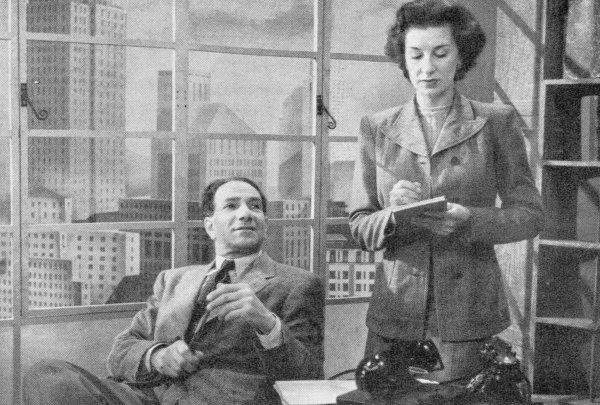
Leaving the main drama of Simon aside, the quality of Counsellor at Law is the intensely crowded vitality of its scene. In the lawyer's own room, or in the outer office, there is all the bustle of business and all the business of human life. There is Bessie, the switch-board girl, with her own problem, bought to us in fleeting snatches of furtive talk on the telephone. There are clerks and law students and successfully defended murderesses. There is Simon's old mother, humble and proud of the risen son. There are faithfully loving secretaries and smooth politicians and fire-brand Communists, and all the detail of the firm's work-all whipped up fast and frothily.
It is in the incessantly inventive detail of Counsellor at Law that keeps it so continuously alive. Indeed, so variegated and factual in this detail, that the play bears at times something of an air of a documentary. Always dramatic, it still studies all the everyday machinery of a hard-working office. This never swamps the characters, each of whom emerges in his/her own right. But it is a powerful asset to the play.'
Austin Welland:
'It was good to see Abraham Sofaer back again in his star part in "Consellor-at-Law" which calls for a tremendous feat of memory. The newcomers to the long cast all justified their inclusion. Patricia Jessel showed a real sense of character as the indispensable secretary; Barbara Murray was an amusing exploiter of the breach of promise laws; and Harold Reese was effectively hysterical in his big scene as the young Communist.
Helen Minsener repeated her sensitive performance as the lawyer's mother; Tucker McGuire was again responsible for an intriguing study of a garrulous telephone operator; and Hugh MacDermott revelled in the part of the man about town. The remainder of the long supporting cast worked hard to portray a very wide assortment of characters.
Eric Fawcett's production maintained a lively pace throughout, though at times the light and shade suffered as a result. After two years lapse, the play was certainly worth a revival, though it should certainly not have represented the entire output of (the) Drama Department this week.'
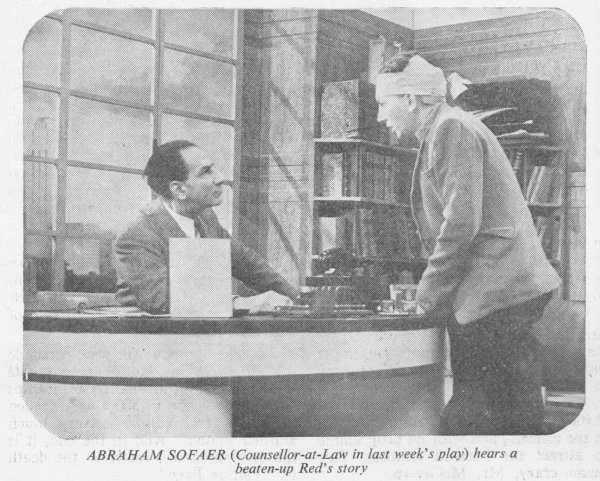
As referred to in Welland's review, many of the actors cast in the original 1949 production returned to the same roles in the revival, with some exceptions. Barbara Murray's part of Lillian Larue was originally played by American actress Maxine Cooper, and the character Arthur Sandler, originally played by Canadian actor Gordon Tanner, gave an early television role to Alfred Burke. Murray, at that time was under contract to the J. Arthur Rank Organisation. Abraham Sofaer, who played George Simon in both productions, was a Burmese-born British actor who had appeared on television from its earliest days in the 1930s - and went on to appear in numerous popular American TV shows throughout the 1960s.
The 1951 production was broadcast live on Sunday 4 February at 8.30pm finishing, according to the Radio Times, at approximately 11pm. A repeat performance was shown on Thursday 8 February at 8pm. The programme shown before that Thursday's broadcast was For the Children, 5pm to 5.35pm, after which the channel closed down until Counsellor at Law was shown. In 1951, radio was still the preferred medium, and would continue to be so until the summer of 1953.
Photo Sources: Radio Times, Television Weekly Vol 2 No. 50, Television Annual 1952.
Seen this show? How do you rate it?
Seen this show? How do you rate it?
Published on January 22nd, 2021. Written by Laurence Marcus for Television Heaven.


